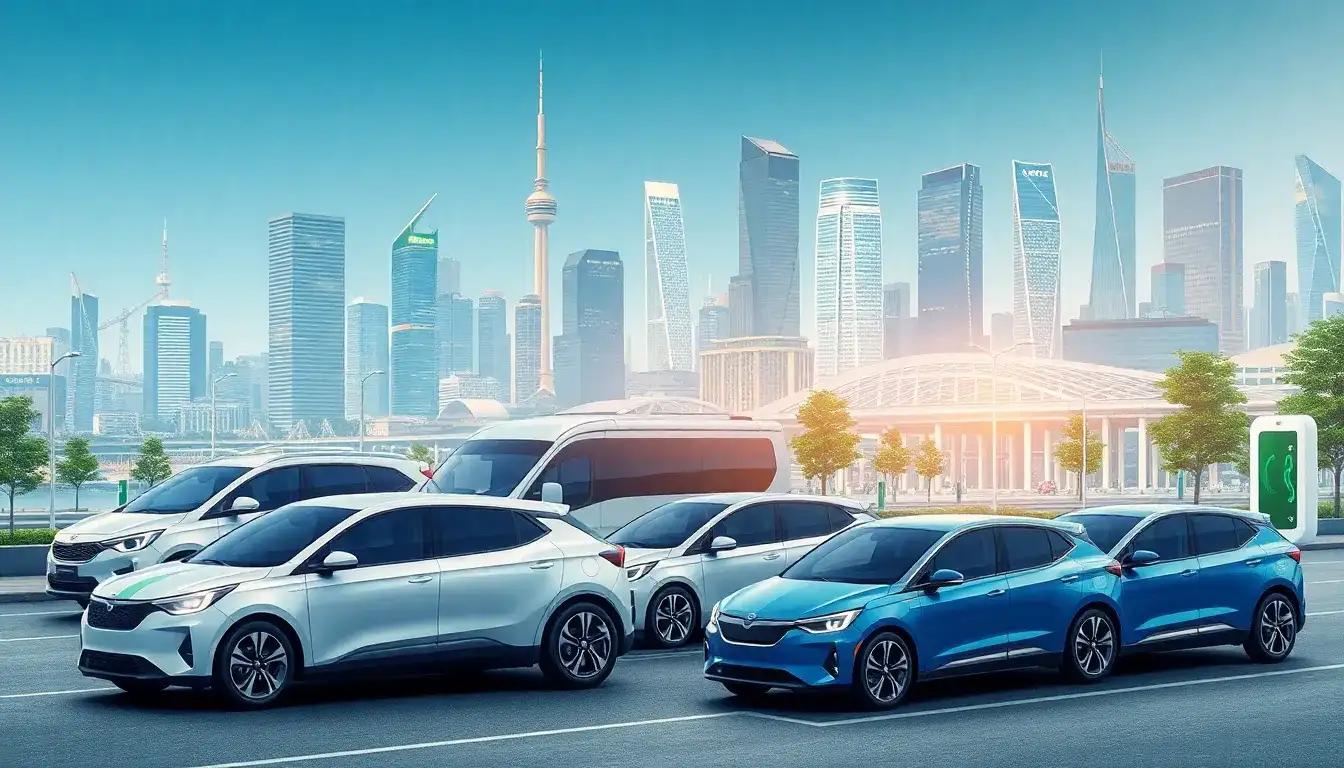
Trends in New Energy Vehicle Development
The future of new energy vehicles (NEVs) is characterized by several key trends:
- Continuous Market Expansion: In 2023, China’s annual production of NEVs surpassed 10 million units, accounting for 65% of the global total and maintaining the top position worldwide for ten consecutive years. In March 2025, retail sales of new energy passenger vehicles reached 988,000 units, reflecting a 39% year-on-year growth rate, indicating a robust market growth trend. Additionally, other countries in the Asia-Pacific region are also showing strong electrification trends, contributing to global market growth.
- Ongoing Technological Innovation:
- Battery Technology: The sulfide solid electrolyte technology for all-solid-state batteries has become mainstream. Companies like CATL and BYD plan to achieve large-scale production of super-fast-charging all-solid-state batteries by 2027, with energy densities exceeding 400Wh/kg. Furthermore, advancements in ultra-fast charging batteries, such as those from Giga-Technology, support charging from 0 to 80% in just six minutes. Low-temperature performance is also improving, with CATL’s “Xiaoyao” hybrid battery functioning normally at -40°C.
- Intelligent Driving Systems: Decision-making systems based on end-to-end large-scale models are now capable of handling complex scenarios. By 2025, several automakers are expected to launch L3 conditional autonomous driving models. The integration of “Beidou + 5G + V2X” technology supports lane-level navigation and global traffic optimization, already implemented in 2 million smart connected vehicles.
- AI and Smart Integration: Integrated cockpit driving chips are enabling the convergence of in-cabin entertainment and autonomous driving processing power, with capabilities exceeding 1000 TOPS. The application of large AI models is expanding; for instance, Geely’s integration with the DeepSeek model has improved interactive response times by 40%, while BYD’s AI suspension system adjusts vehicle posture within milliseconds. The overall electronic architecture is evolving from distributed to centralized, allowing for full vehicle OTA updates and functional iterations.
- Efficient Energy Systems: The promotion of 800V high-voltage platforms has been seen, with brands like BYD and Xpeng achieving 1000V voltage systems. These systems, coupled with silicon carbide (SiC) power devices, have boosted electric control efficiency to 92%. In commercial vehicles, hydrogen fuel cells are advancing, with green hydrogen production costs dropping below 30 yuan/kg and ranges exceeding 1000 kilometers. Super hybrid systems are also being optimized, with Geely’s Leishen EM-i achieving a thermal efficiency of 46.5% and Changan’s Kunlun range extender generating 3.63 kWh from just 1 liter of fuel.
- Improvement of Charging Infrastructure: By the end of 2024, the total number of charging facilities in the country is expected to reach 12.818 million, marking a 49.1% increase year-on-year. The National Energy Administration will continue to promote the construction of charging facilities, focusing on innovative technologies and new business models in the charging sector. New technologies, such as megawatt-level fast charging terminals, are also in development, with BYD’s fully liquid-cooled megawatt charging pile capable of delivering 1360 kW of power to accommodate future all-solid-state battery needs.
- Intensifying Industry Competition and Cooperation: The NEV market is highly competitive, with both traditional automakers and new entrants accelerating their development. Collaborative ventures among companies are becoming a new trend, as seen in partnerships between BYD and Toyota, as well as between Evergrande and FEV. Moreover, amidst the uneven global development of NEVs, China’s development model offers valuable lessons for countries around the world, fostering international exchange and cooperation.
- Diversification of Products and Market Penetration: The NEV market has seen an influx of high-quality, long-range models, with luxury and premium segments increasingly dominating the market. Meanwhile, mainstream models continue to grow steadily. In the future, small and medium-sized cities, along with rural areas, are expected to become new growth points for China’s NEV market, demonstrating a clear trend toward market penetration.
- Emergence of Energy Ecosystems: Vehicle-to-grid (V2G) technology is continuously developing, allowing electric vehicles to act as distributed energy storage units that participate in grid peak shaving through bi-directional charging and discharging. By 2030, the scale of vehicle-grid interactive storage is expected to exceed that of fixed battery systems, leading to a closer integration of NEVs with the grid and the gradual formation of a comprehensive energy ecosystem.







